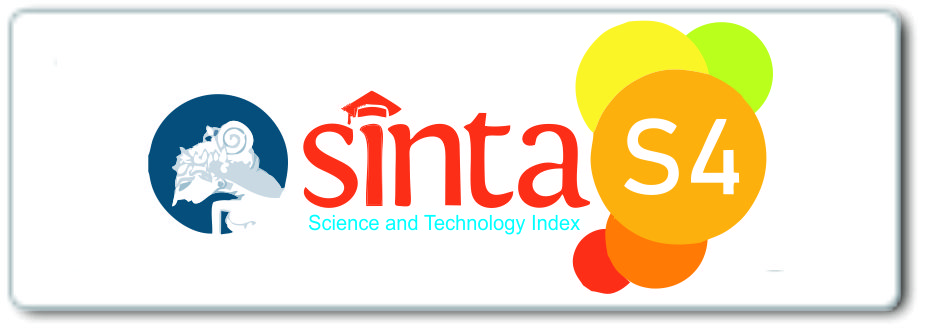Young Learners' Attitudes and Motivation towards Learning English in terms of Dörnyei’s Theory of Motivation
DOI:
https://doi.org/10.33541/jet.v8i1.3617Abstract
This study tries to explore young learners' attitudes and motivation towards learning English via Dörnyei’s motivational self-system. Designed as a qualitative study, the study employs interview schedules and an observation checklist that were adopted from Dörnyei and Csizer (2006) and a questionnaire designed by Ryan (2005). The data collection tools were, then, developed by the advisor and the researcher of the study upon expert opinion. The study was carried out with 57 primary school second-grade students from a state primary school in both face-to-face and online settings. The data were analyzed by thematic content analysis and coding via the Nvivo program. According to the results of the study, a positive learning environment and activities are significant factors that have an impact on young learners' attitudes and motivation to learn English. Regardless of the teaching environment, students' attitudes were mainly positive towards learning English and they were intrinsically motivated. This is especially important in countries where English proficiency is not as high as expected.
References
Asmalı, M. (2017). Young Learners’ Attitudes and Motivation to Learn English. Novitas –ROYAL, Research on Youth and Language, 11/1:53-68
Çetintaş, B. (2010). Türkiye’de yabancı dil eğitim ve öğretiminin sürekliliği. [Continuity of foreign language education and training in Turkey].Dil ve Dilbilimleri Çalışmaları Dergisi, [Journal of Language and Linguistics Studies],6/1:0-74
Dörnyei, Z. (2005). The Psychology of the Language Learner: Individual Differences in Second Language Acquisition, Mahwah,NJ:Lawrence Erlbaum.
Dörnyei, Z. (2001). Motivation in action: towards a process-oriented conceptualization of student motivation, Educational Psychology, 70/4:519-538
Dörnyei & Chan. (2013). Motivation and vision: an analysis of future L2 self-images, sensory styles, and imagery capacity across two target languages, Language Learning, 63/3:437-462
Genç, Z. S. & Aydın, F. (2017). An analysis of learners’ motivation and attitudes toward learning English language at tertiary level in Turkish EFL context. English Language Teaching, 10/4: 35-44.
Gömleksiz, M. N. (2010). An evaluation of students’ attitudes toward English Language learning in terms of several variables. Procedia- Social and Behavioral Sciences, 9:913-918.
Işık, A. (2008). Yabancı dil eğitimimizdeki yanlışlar nereden kaynaklanıyor?[Where do the mistakes in our foreign language education come from?].Journal of Language and Linguistic Studies, 4/2:1-12
Jiménez, P. K. (2018). Exploring students’ perceptions about English learning in a public university, HOW, 25/1:69-91.
Kızıltan, N., & Atlı, I.(2013). Turkish young language learners’ attitudes towards English, Hacettepe University Journal of Education, 28/2: 266-278
Leong, L. (2017). An analysis of factors influencing learners’ English Speaking Skills. International Journal of Research in English Education, 2/1:34- 41.
Lightbown, P.M. & Spada, N. (2008). How languages are learned? Oxford: Oxford University Press.
Papi, M. (2010). The L2 Motivational Self System, L2 Anxiety, and Motivated Behavior:A Structural Equation Modelling Approach, System, Volume 38, Issue 3,2010, Pages 467-479, ISSN 0346-251X, https://doi.org/10.1016/j.system. 2010.06.011.
Yim, Y. Y. (2017) EFL young learners: their imagined communities and language learning, ELT Journal, 70/1:57-66
Downloads
Published
Issue
Section
License
Copyrights for articles published in JET are retained by the authors, with first publication rights granted to the journal. The journal/publisher is not responsible for subsequent uses of the work. It is the author's responsibility to bring an infringement action if so desired by the author.





